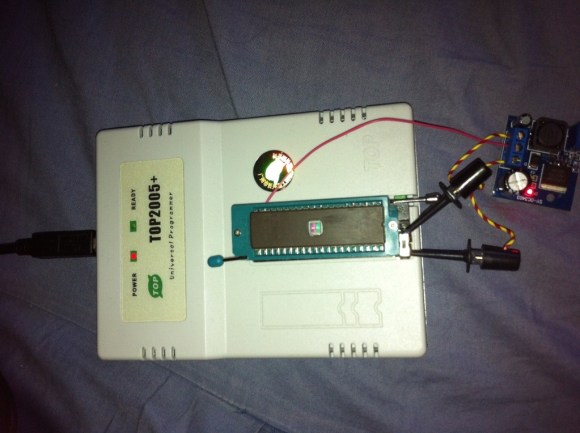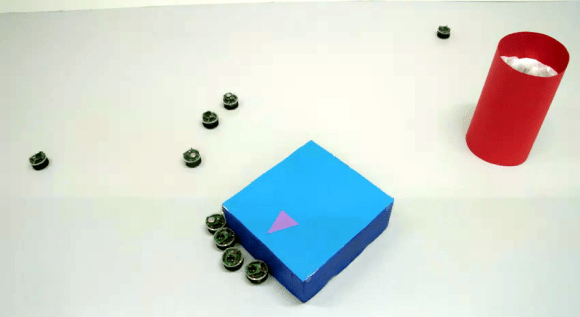
This is a tidy looking banner image. But according to [Ian] it contains 52KB of source code. You can’t just read out all of that data. Well, you can but it will be gibberish. Before hiding the bits in plain sight he encrypted them with two different keys.
He’s using AES-256 encryption to keep his data away from prying eyes. But if that wasn’t enough, he also wrote a PHP program to hide the bits in a PNG image. Not just any picture will do (otherwise your eye will be able to see something’s awry). The post linked above focuses mainly on how to choose an image that will hide your data most easily. We asked him if he would share his techniques for actually merging the encrypted file with the picture and he delivered. Head on over to his repository if you want to take a look at the generator code.




 Nearly a year ago, the 3D printing scene saw a few new printers based on a technology other than squirting plastic out of a nozzle.
Nearly a year ago, the 3D printing scene saw a few new printers based on a technology other than squirting plastic out of a nozzle. 










